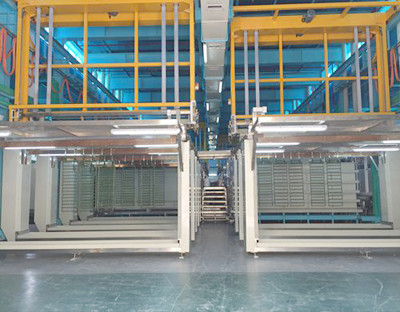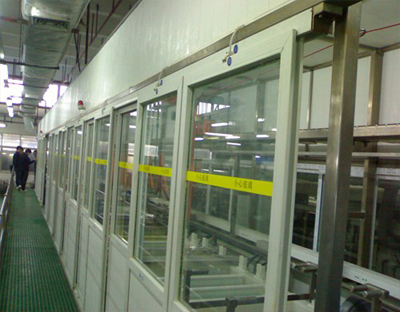In modern manufacturing processes, especially in the electronic product manufacturing industry, anodizing and electroplating are the most commonly used means to deal with metal shells. What is the difference between the two processes?
1. Different treatment methods
Electroplating uses the material to be plated as the cathode, the same metal material as the coating metal as the anode (insoluble anode is also used), and the electrolyte is a solution containing coating metal ions;A certain current is input between anode and cathode.The coating material is different from the material to be plated, such as beryllium copper nickel plating, beryllium copper as the substrate and nickel as the coating.
Anodizing uses chemical or electrochemical treatment to form a film layer containing the metal component on the metal surface. As an anode metal material, it is a kind of protective material that forms a film on its surface through an applied current in a specific electrolyte. For example, aluminum alloy oxidation forms a thin film of alumina on the surface of aluminum alloy. Alumina is chemically stable, will not be oxidized again, will not be corroded by acid, and can be dyed into various colors.
2. Different processing objects
The object of electroplating treatment is mainly the surface treatment of metal and non-metal.The most commonly used electroplating metals are nickel, chromium, tin, copper, silver and gold.
Anodizing is the method of metal surface treatment. Most metal materials (such as stainless steel, zinc alloy, aluminum alloy, magnesium alloy, copper alloy and titanium alloy) can be anodized in a suitable electrolyte.
3. Different treatment principles
Electroplating is to use electroplating material as cathode and anodizing is to use treatment material as anode.
Electroplating is due to the charge effect, the metal anode ions move to the cathode, and get electrons at the cathode and deposit on the material to be plated. At the same time, the metal of the anode is dissolved to continuously supplement the metal ions in the electrolyte.
Firstly, the electroplating solution has six elements: main salt, additional salt, complexing agent, buffer, anode activator and additive.
Electroplating principle includes four aspects: electroplating solution, electroplating reaction, electrode and reaction principle, and metal electrodeposition process.
Anodizing is to use the easy oxidation characteristics of aluminum alloy to control the formation of oxide layer by electrochemical method, so as to prevent further oxidation of aluminum and increase the mechanical properties of the surface.





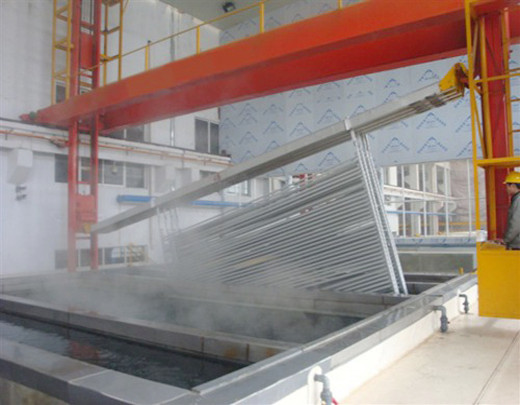
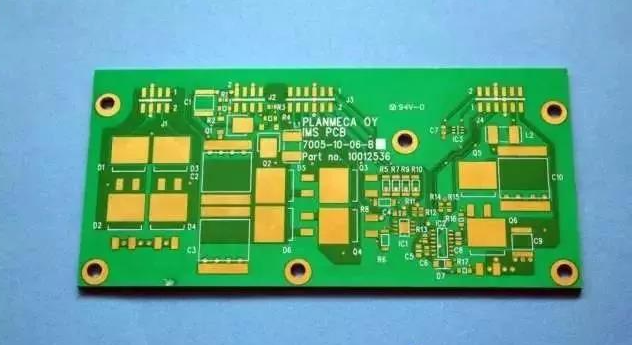
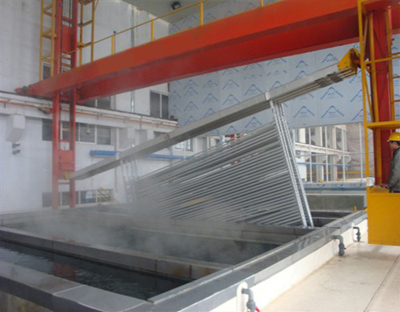
 Jul. 17, 2020
Jul. 17, 2020 